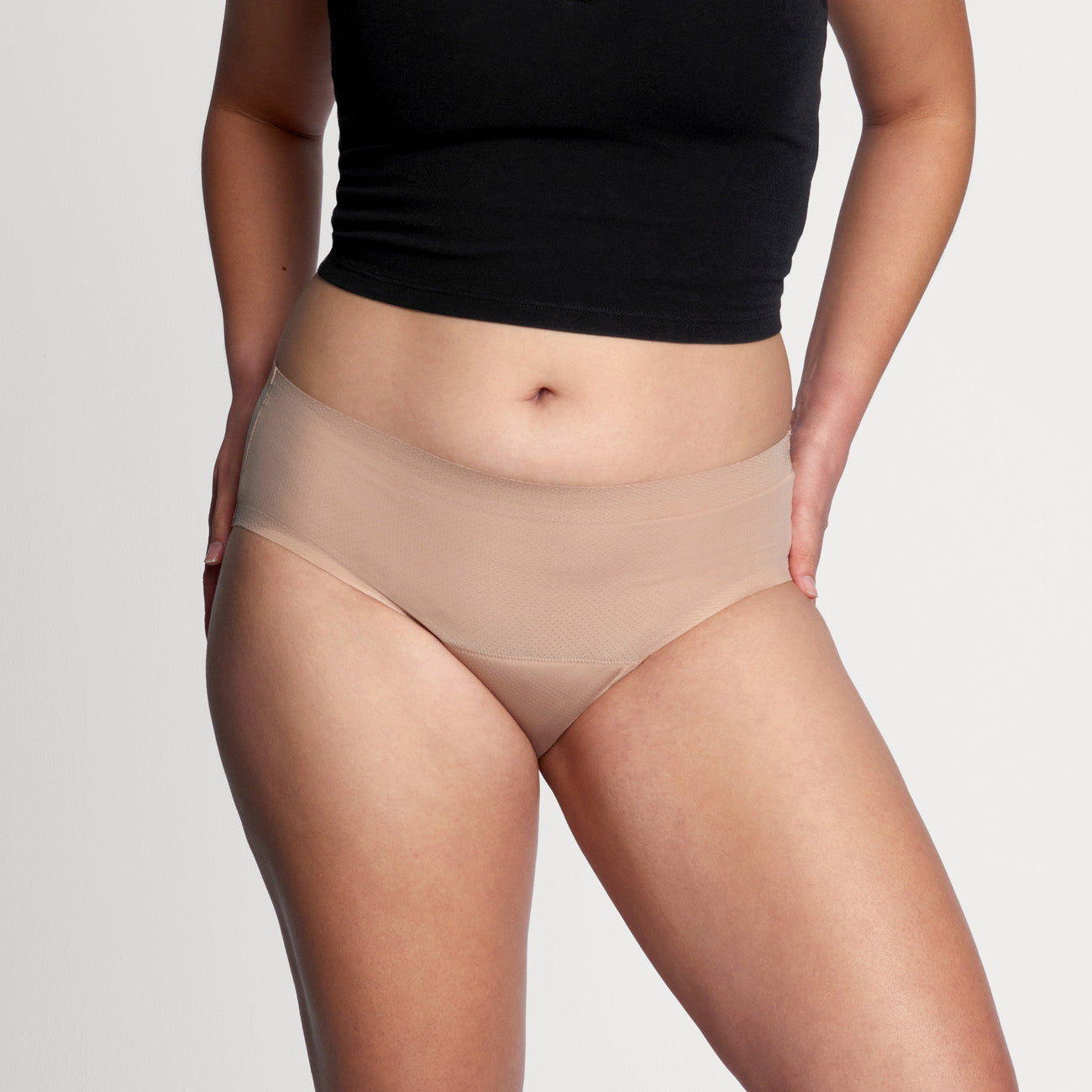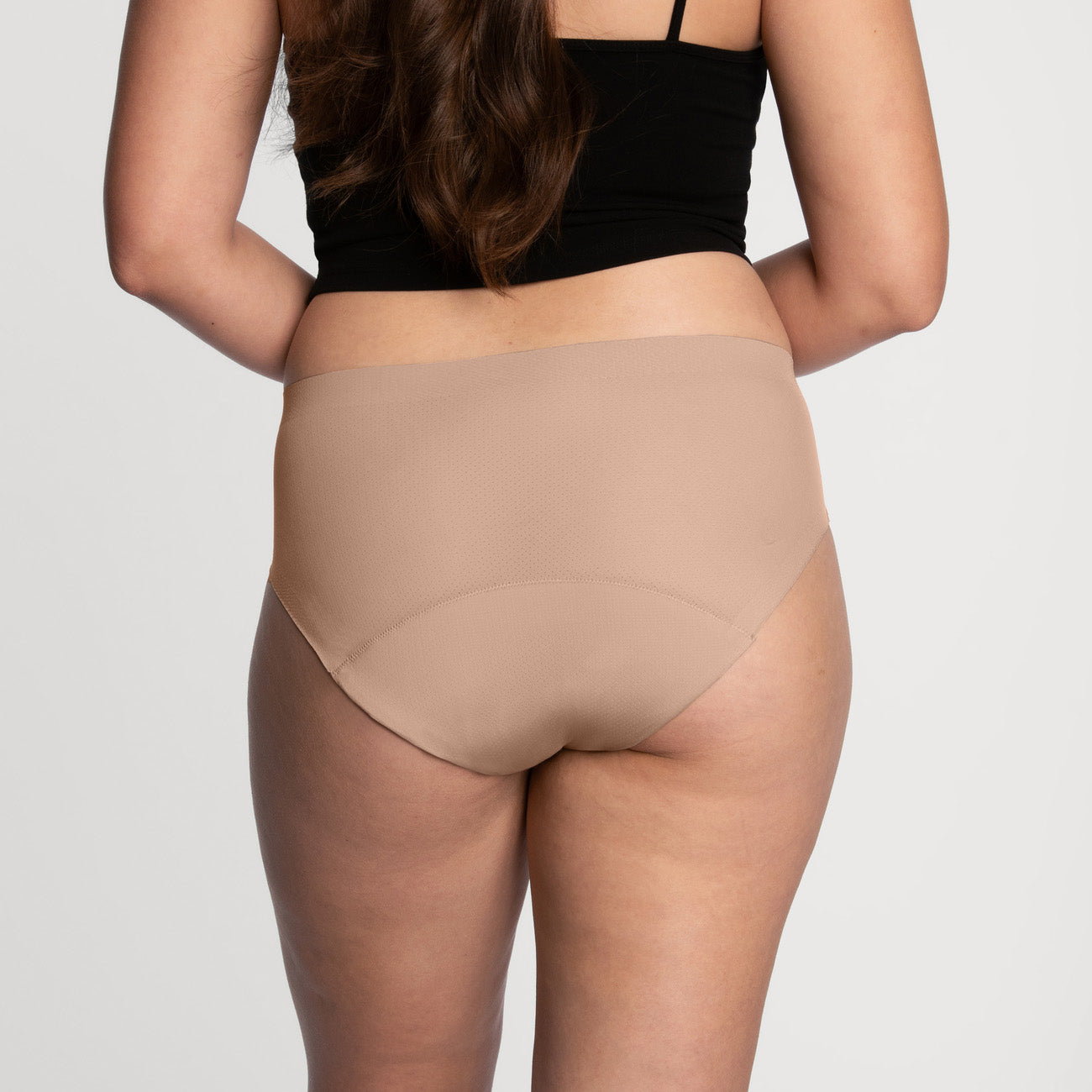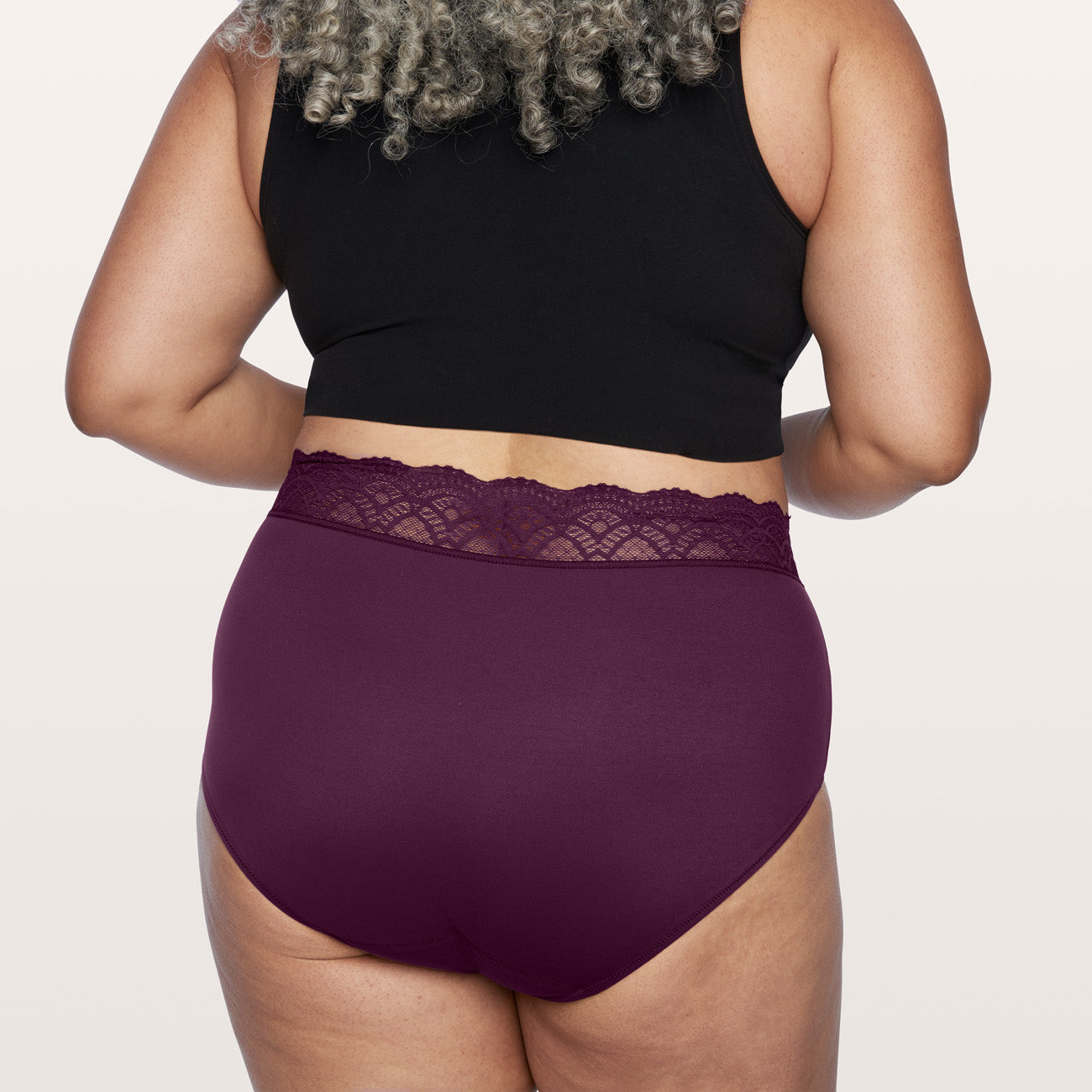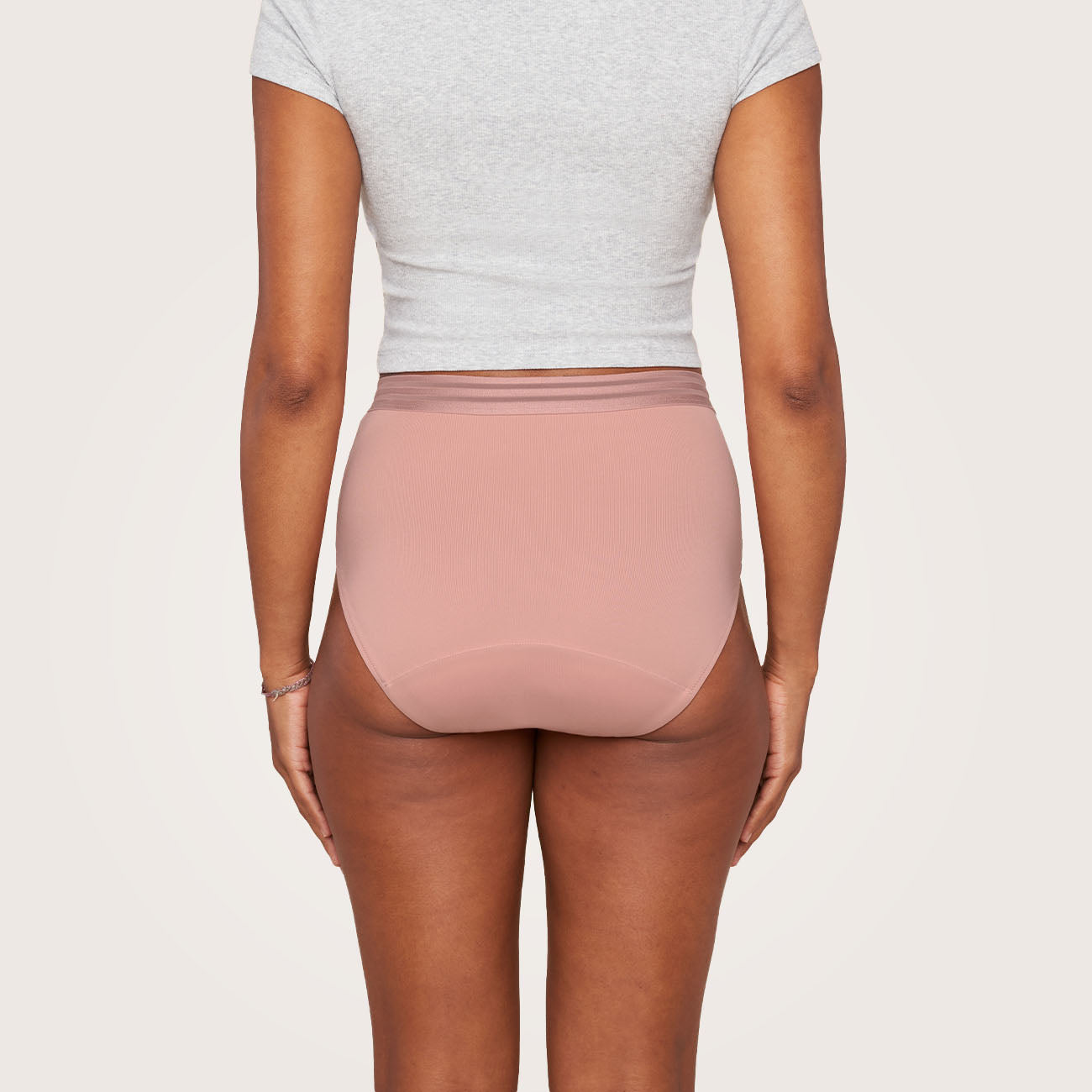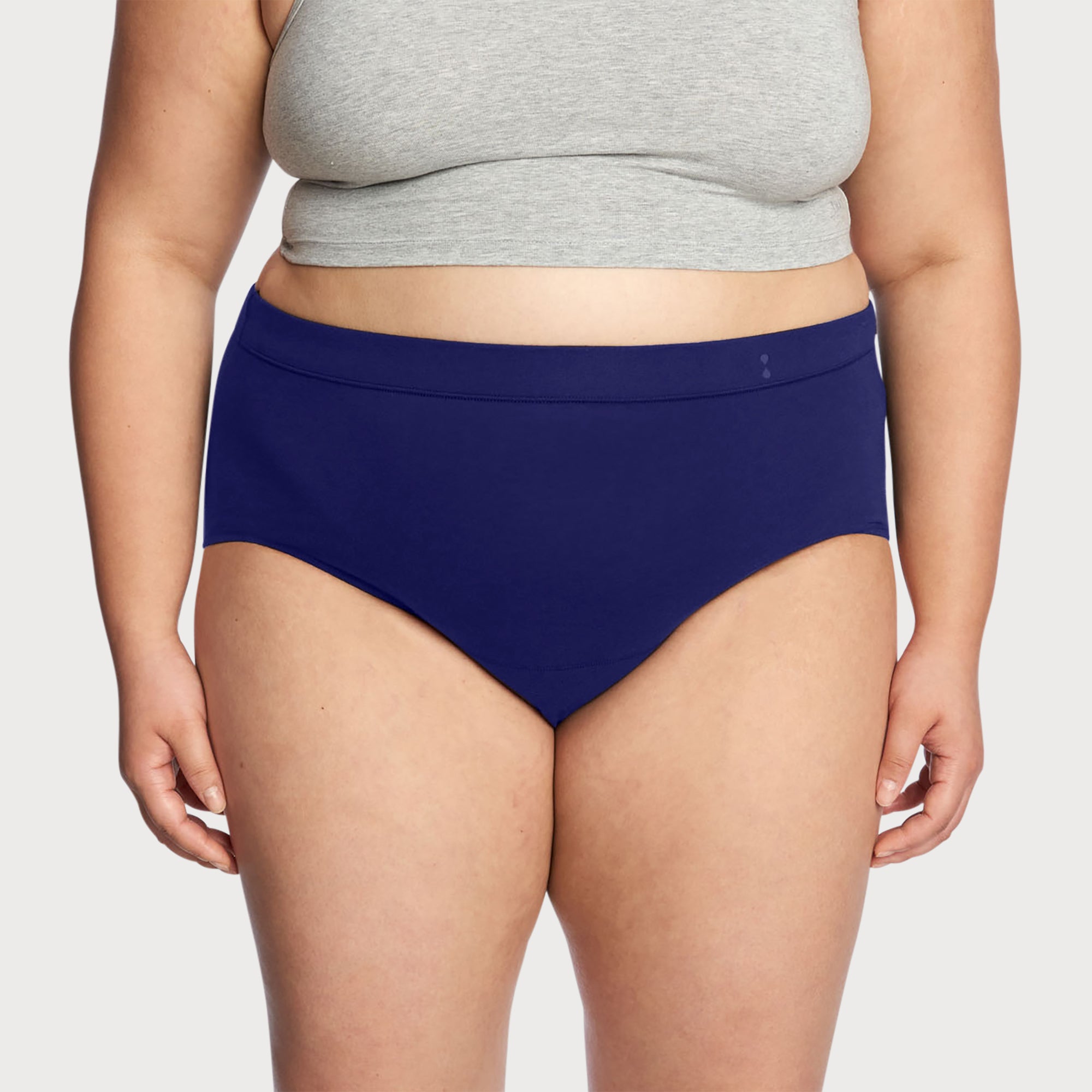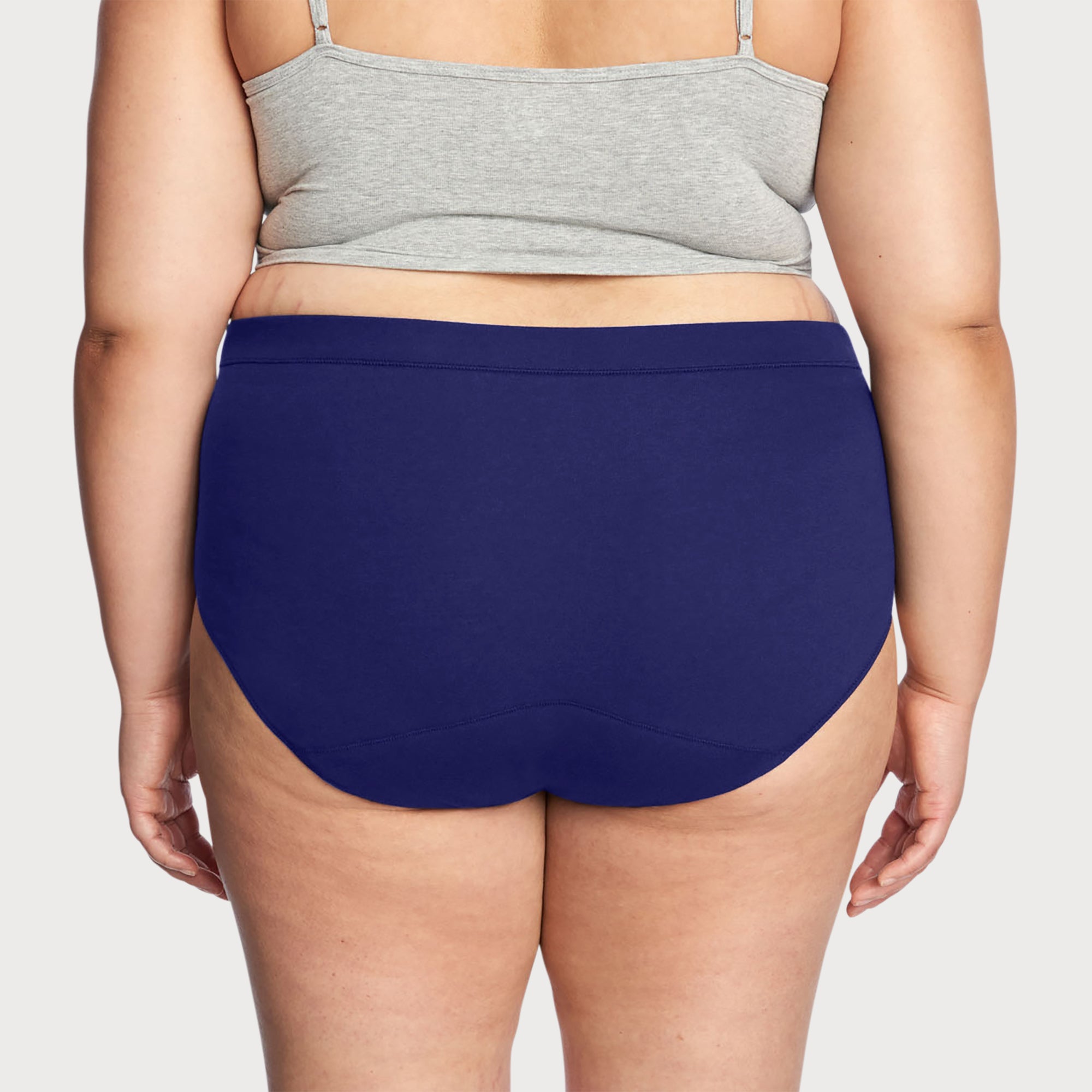Why Do You Get Clumps of Blood During Your Period?
- Share this article Copy to clipboard

Do you ever see those dark, jelly-like blobs on your period and think, “Is this normal?” You may be expecting your period to be just plain, sticky blood, but suddenly, you see these clumps and wonder if you should be worried. Well, the good news is it often is normal! But it's still helpful to understand why they happen and what's considered natural.
Let's understand why these clumps of blood form, what's normal, and when to shrug it off versus when to give your healthcare provider a visit.
why do I get blood clumps during menstruation?
First off, the clumps you’re noticing are called blood clots, and they’re usually a normal part of your cycle along with period blood and mucus. But what exactly are these clots made of?
A blood clot is simply a semi-solid chunk of blood that forms when the liquid blood starts to thicken or gel before it’s discharged from your uterus. They can be dark red, brown, or even slightly black, and while they may look a little unsettling, clots are a natural part of your menstrual cycle.
Your uterus sheds its uterine lining each month as part of your menstrual flow. Sometimes, the blood and uterine tissue shed more quickly before your body can flush them out. When this happens, the blood pools in your uterus and starts to solidify –– turning into clots. Once the clots have formed, they're eventually passed through the cervix and out of your body.
Most of the time, these clumps or menstrual blood clots are totally harmless and can vary in size, although some sizes may be worth paying more attention to.
causes of clumps in menstrual blood
So, what causes these clumps of blood during menstruation in the first place?
Your body naturally produces what we call anticoagulants. Think of them as fancy little proteins that help keep blood flowing smoothly and prevent it from clotting while it’s still inside you.
But sometimes during your period, your body’s anticoagulants might get overwhelmed. There’s simply too much blood moving too fast, and your clotting proteins can’t keep up. Because of this, you end up with blood clots that get passed out along with your menstrual blood.
A few common factors that can cause period blood clots are:
-
heavy menstrual flow - A heavy period increases the chances of clots forming, as your body may not be able to remove the blood quickly enough.
-
hormonal changes - Your hormonal balance plays a major role in how much menstrual blood you shed. When hormonal fluctuations happen you might experience heavier menstrual bleeding, which can lead to more period blood clots.
-
uterine fibroids or polyps - Conditions like uterine fibroids or uterine polyps can cause heavy periods, increasing the chances of blood clot formation. These growths can block the smooth passage of blood, causing it to pool and form clots.
-
endometriosis or adenomyosis - If you have endometriosis or adenomyosis, you may experience heavy or painful periods, which can lead to large clots.
-
blood disorders - Rarely, clotting issues related to blood disorders can make your period clots more frequent or larger than usual.
That said, your body’s anticoagulants typically work well to prevent too much clotting. It’s only when they can’t keep up with the blood flow, or when you have certain medical conditions, that blood clots may start to form more often during your period.
when are menstrual clots normal?
Alright, so we’ve established that period blood clots are usually normal, but how do you know when you’re in the clear? Here are some points to help you figure out when your clots are just a natural part of your menstrual cycle or if it's a sign of something else:
-
small clots - If your clots are about the size of a pea or a raisin, there’s likely nothing to worry about. They’re a natural part of the shedding process, and your body is just doing its thing.
-
larger clots (up to a quarter) - Every now and then, you might see a large blood clot about the size of a quarter, especially if you're experiencing a heavier flow day. This can still be considered normal if it happens occasionally.
-
consistency of clots - Normal menstrual clots tend to be jelly-like and don’t occur frequently throughout your period. They may appear more during the heavier days but should lessen as your period comes to an end.
when you should see a doctor
While period blood clots are usually normal, it’s important to be mindful of some signs that may indicate abnormal clotting:
-
clots larger than a quarter - If you’re consistently passing large clots, especially ones bigger than a quarter, this could be a sign of a condition like uterine fibroids, adenomyosis, or even a hormonal imbalance.
-
heavy bleeding with clots - If you’re experiencing mennorhagia or heavy menstrual bleeding alongside clots (and by heavy, we mean soaking through your period product every hour), then it might be time to consult a healthcare provider. Excessive bleeding could signal something like a bleeding disorder or abnormal uterine bleeding. So, be sure to keep track how much blood you lose on your period.
-
frequent clots throughout your entire period - If you’re consistently seeing clots throughout your period, or if they’re followed by severe menstrual cramps or pelvic pain, it’s worth getting it checked out.
Basically, if your clots are small and not frequent, you’re likely just experiencing a normal part of menstruation. It’s when they’re large, frequent, or associated with other symptoms like excessive bleeding or severe pain that it’s worth seeking help from a healthcare professional.
experience leak protection with Thinx
If you’ve noticed period blood clots during your cycle and want a comfortable, reliable solution, Thinx period underwear has you covered. While Thinx can’t absorb the clots themselves, you can easily remove them with toilet paper tissue, and the underwear will absorb the surrounding blood, helping keeping you dry, comfortable, and protected.
Designed for different levels of flow, Thinx period underwear provides up to 12 hours of leakproof protection with moisture-wicking fabric that helps you stay comfortable during your period. Explore our collection at Thinx and find the perfect pair for your cycle!
sources
Kids Health. Is it normal for period blood to come out in clumps? (for teens). https://kidshealth.org/en/teens/clumps.html
Mayo Clinic. Blood clots during menstruation: A concern?
American Journal of Obstetrics and Gynecology. Observations on the clotting of menstrual blood and clot formation.
Science Direct. A systematic review of the plasminogen activator system in the endometrium and its role in menstruation and abnormal uterine bleeding. https://www.sciencedirect.com/science/article/abs/pii/S266657192200007X
Karger. Antithrombin III and platelets during the normal menstrual cycle and in women receiving oral contraceptives low in oestrogen.








